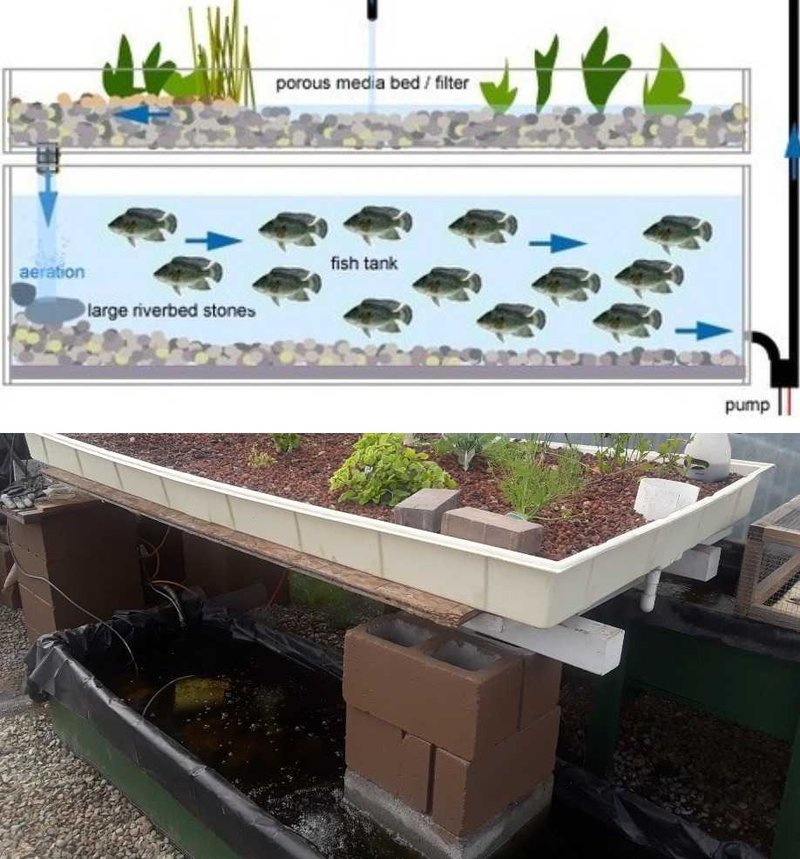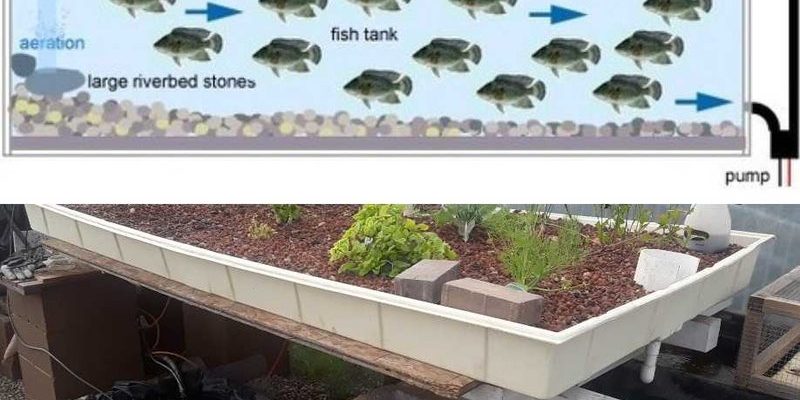
Imagine your pond as a little slice of paradise, tailored just for tilapia. This isn’t just about throwing some fish in water; it’s about creating an ideal environment where they can flourish. If you want to see your tilapia grow strong and vibrant, you’ll need to pay attention to a few key factors. We’ll dive into what they are and how to create the perfect home for your fishy friends.
Understanding Tilapia’s Ideal Temperature
One of the most critical factors in raising tilapia is temperature. These fish are warm-water species, which means they thrive in warmer conditions. The sweet spot for tilapia is around 75°F to 86°F (24°C to 30°C). If your pond gets too cold, below 60°F (15°C), your tilapia can become sluggish, stressed, and even stop feeding altogether. On the flip side, temperatures above 90°F (32°C) can lead to problems like lower oxygen levels.
If you find that your pond is running a little cooler than preferred, don’t panic! You might consider adding a pond heater to keep things cozy during cooler months or adding some black plastic sheeting to absorb sunlight. This is similar to wrapping your fish in a warm blanket when they get chilly. With the right temperature, your tilapia will be active, feeding, and growing!
Pond Depth: Finding the Right Balance
Now, let’s chat about water depth. It might surprise you, but depth is just as vital as temperature for your tilapia’s well-being. Ideally, a pond depth of at least 4 to 6 feet is considered optimal. This depth helps maintain a stable temperature throughout the day and night, preventing the water from overheating or cooling too quickly.
But why does depth matter? Think of it this way: deeper water creates more stable conditions. If you have a shallow pond, it can heat up during the day and cool down at night, stressing your fish. Plus, deeper ponds can hold more oxygen, which is crucial for tilapia. If you’re starting from scratch, consider digging a little deeper than you think you need to give your fish the best chance.
The Role of Filtration in a Healthy Pond
So, now that we’re all set on temperature and depth, let’s not forget about filtration. You might be wondering, “Why do I need a filter for a pond?” Well, here’s the thing: a good filtration system keeps the water clean, removes waste, and maintains a healthy environment for your tilapia. Think of it like having a mini water treatment plant in your backyard.
There are mainly two types of filtration systems you can use: mechanical filtration (which removes solid debris) and biological filtration (which breaks down harmful substances). A combination of both is ideal. Mechanical filters can keep your pond looking clear, while biological filters help maintain a good balance of beneficial bacteria in the water. Make sure to clean and maintain your filters regularly to keep the water quality high.
Maintaining Water Quality: pH and Ammonia Levels
The quality of water goes beyond just being clean; it encompasses things like pH and ammonia levels. For tilapia, the ideal pH level should hover between 6.5 and 8.5. If your water is too acidic or too alkaline, it can stress your fish and hinder their growth. You can easily check pH levels with a test kit from your local aquarium store.
Ammonia is another biggie. High ammonia levels can be toxic for your tilapia, causing health issues. You’ll want to keep ammonia levels as low as possible, ideally below 0.5 mg/L. Regular water changes and a good filtration system can help keep these levels in check, just like how you wouldn’t want to live in a dirty room—you want your fish to enjoy a clean, healthy environment!
Feeding and Stocking Density
Once you’ve got your pond conditions sorted, feeding your tilapia is the next crucial step. They’re omnivorous, so they’ll eat both plant and animal matter, but a balanced commercial fish feed is often the best choice. You might find floating pellets especially useful since they allow you to monitor how much your fish are eating, reducing waste in the water.
Stocking density is another factor to consider. Too many fish in a small pond can lead to stress and competition for food and oxygen. A good rule of thumb is to stock between 1 to 2 fish per cubic meter of water, but you’ll want to adjust this based on the size of your tilapia. Think of it like hosting a dinner party—too many guests can make for a chaotic environment!
Regular Monitoring and Maintenance
As any pond owner knows, keeping an eye on your tilapia’s environment is crucial. Regular monitoring is essential to ensure everything stays in check. This means checking temperatures, water quality, filtering systems, and even the general health of your fish.
You might wonder, “How often should I do this?” Checking once a week is a good start. However, during extreme weather changes or right after stocking new fish, ramp up your inspections. It’s a bit like checking your car before a long road trip—you want everything running smoothly before you hit the road.
Creating a Balanced Ecosystem
Finally, let’s talk about creating a balanced ecosystem in your pond. Tilapia benefit from a habitat that includes plants, which provide shelter and help with oxygen levels. Floating plants like water lilies or submerged ones like hornwort can not only make your pond beautiful but will also support your fish’s habitat.
Adding a few rocks or logs can offer hiding spots and breeding areas for your fish. This helps them feel secure and promotes healthy growth. Think of your pond as a mini rainforest—diversity is key for thriving life!
In conclusion, providing ideal pond conditions for tilapia means focusing on the right temperature, depth, filtration, and overall ecosystem. When you tailor these elements to your fish’s needs, you’ll set the stage for success. With a little effort and attention, your tilapia can become a vibrant part of your pond, bringing joy and perhaps even a sustainable food source. Happy fish-keeping!

